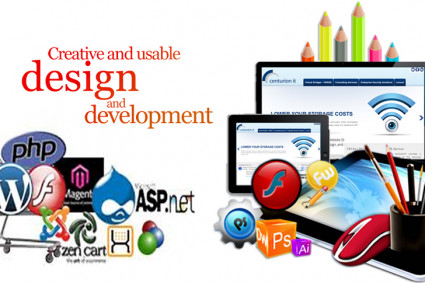
Businesses and individuals conduct cross-border transactions more than ever before. One critical aspect of international dealings is the need for accurate and reliable communication. In the realm of insurance, clarity and precision are important. The process of insurance document translation emerges as a vital bridge for effective communication and risk mitigation. Insurance translation services are required for accurate and culturally suitable translations of critical documents, policies, and claims. Companies can increase their worldwide reach and serve a larger consumer base by translating insurance paperwork and policies.
➢ The Multifaceted Nature of Insurance Documents:
Insurance documents are complicated and filled with legal and technical terminology. Policies, contracts, claims, and other related documents require a high level of perfection and clarity.
➔ The Importance of Insurance Document Translation:
1. Legal Compliance: Insurance regulations and requirements vary across jurisdictions. To ensure compliance with local laws and regulations, it is imperative that insurance documents are translated accurately. This is especially true for policies and contracts, where legal nuances can significantly impact the interpretation of terms.
2. Enhanced Customer Relations: Providing insurance services to a diverse clientele necessitates effective communication. Translating policy documents into the native language of policyholders fosters a sense of trust and understanding. This not only helps in acquiring new customers but also ensures satisfaction and loyalty among existing ones.
3. Claims Processing Efficiency: Swift and accurate claim processing is a cornerstone of the insurance industry. Translation of claims-related documents ensures that all parties have a clear understanding of the circumstances, coverage, and procedures. This quickens the claims process, reducing delays and potential disputes.
4. Risk Mitigation: In the insurance sector, misinterpretation or misunderstanding of policy terms can lead to increased risks. Translation errors may result in limited coverage.
5. Global Business Expansion: Insurance Document translation in Birmingham aims for global expansion and needs to adapt their documents to the languages and regulations of the new markets. This includes translating marketing materials, policy documents, and other essential paperwork. Such localization efforts are crucial for seamless integration into diverse cultural and linguistic landscapes.
➔ Challenges in Insurance Document Translation:
1. Technical Complexity: Insurance documents often contain highly technical and specialized terminology. Translators must not only be proficient in the target language but also possess a deep understanding of insurance concepts to ensure accurate translation.
2. Legal Nuances: The legal implications of insurance documents require a keen eye for detail. Translators need to be skilled in the legal systems of both the source and target languages.
3. Cultural Sensitivity: Insurance documents may contain elements that are culturally specific. Translators must navigate these cultural nuances to ensure that the translated document resonates appropriately with the target audience.
4. Consistency Across Languages: Maintaining consistency in terminology and phrasing across multiple languages is challenging. Translation services often employ glossaries and translation memory tools to ensure uniformity and accuracy.
➔ Best Practices for Insurance Document Translation:
To overcome the challenges associated with insurance document translation, adopting best practices is crucial.
1. Work with Specialized Translators: Engage translators with expertise in the insurance industry. This ensures a thorough understanding of the technical and legal aspects of insurance documents.
2. Utilize Technology: Leverage translation memory tools and other technologies to maintain consistency and streamline the translation process. These tools also help in managing updates and revisions efficiently.
3. Conduct Quality Assurance: Implement a robust quality assurance process to review translated documents. This may include subject matter experts and legal professionals to ensure accuracy and adherence to industry standards.
4. Understand Local Regulations: Stay informed about the legal and regulatory requirements in the target market. This knowledge is essential for accurate translation and compliance with local laws.




